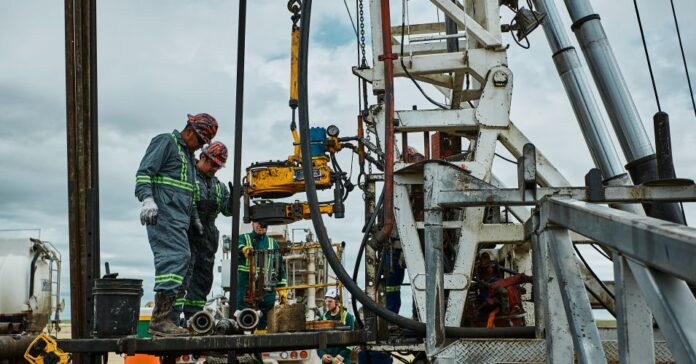And since methane is invisible and odorless, it may be tough and costly to observe it and stop it from getting out. Consequently, researchers and environmental activists say the trade is probably going releasing far more than official government estimates show.
Methane additionally seeps out from coal mines—extra methane, truly, than is launched throughout the manufacturing of pure gasoline, which in any case is generally methane. Ember, a clean-energy assume tank, put collectively this great visual interactive displaying how this occurs.
The quick model is that methane is embedded in coal deposits, and as miners dig to show coal seams, the gasoline escapes, and continues to take action lengthy after a coal mine reaches the tip of its working life. Since coal miners are targeted on extracting coal, they don’t typically maintain observe of how a lot methane they’re letting out, nor do regulators pay a lot consideration.
In accordance with Ember, methane emissions from coal mines may very well be 60 % larger than official tallies. Deserted coal mines are particularly noxious, emitting greater than deserted oil and gasoline wells. Added up, methane emitted from coal mines around the globe annually has the identical warming impact on the local weather as the overall annual carbon dioxide emissions of India.
Alarmed by the gaps within the knowledge, some nonprofits have taken it upon themselves to attempt to get a greater image of methane emissions at a world scale utilizing ground-based sensors, aerial displays, and even satellites. In 2024, the Environmental Protection Fund launched MethaneSAT, which carries devices that may measure methane output from small, discrete sources over a large space.
Ritesh Gautam, the lead scientist for MethaneSAT, defined that the undertaking revealed some main neglected methane emitters. Since launching, MethaneSAT has discovered that within the US, the majority of methane emissions doesn’t simply come from just a few large oil and gasoline drilling websites, however from many small wells that emit less than 100 kilograms per hour.
“Marginal wells only produce 6 to 7 percent of [oil and gas] in the US, but they disproportionately account for almost 50 percent of the US oil and gas production-related emissions,” Gautam stated. “These facilities only produce less than 15 barrels of oil equivalent per day, but then there are more than half a million of these just scattered around the US.”
There Are Methods to Cease Methane Emissions, however We’re Not Utilizing Them
The excellent news is that most of the instruments for holding methane from the vitality trade are already obtainable. “Around 70 percent of methane emissions from the fossil fuel sector could be avoided with existing technologies, often at a low cost,” in keeping with the IEA methane report.
For the oil and gasoline trade, that might imply one thing so simple as utilizing higher fittings in pipelines to restrict leaks and putting in methane seize techniques. And since methane is a gas, the sale of the saved methane can offset the price of upgrading {hardware}. Letting it go into the ambiance is a waste of cash and a contributor to warming.
#Methane #Air pollution #Low-cost #Efficient #Options #Arent


